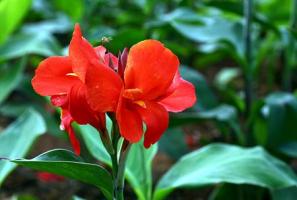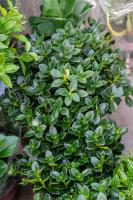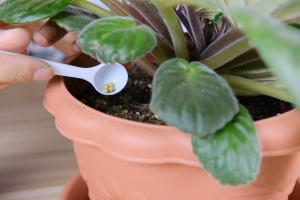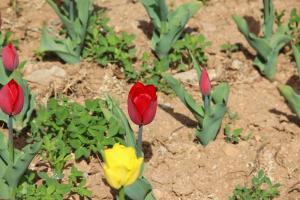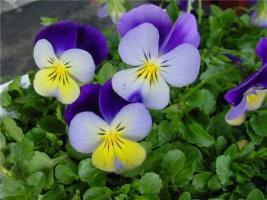Orchid planting environment
When wet orchid cultivation is adopted, the temperature and humidity should be properly grasped
The blue shed should preferably be fully enclosed or semi enclosed, with good ventilation and daylighting, and try to avoid various pollution sources, such as oil fume, dust, etc
Select Basin
Tile basin, pottery basin, wooden basin and plastic basin are ideal for orchid cultivation, especially plastic basin. Due to the use of wet cultivation, the selected orchid basin should be thin and small
It can make most of the orchid roots stretch naturally in the basin, and the position of pseudobulb in the basin is slightly lower than the flowerpot on the basin surface. Of course, if the plant type is particularly tall or the number of seedlings is too many, the basin should be appropriately increased. For spring orchid, cold orchid and other orchid species with thin roots, the height of the orchid basin can be appropriately reduced or the thickness of the filter layer at the basin bottom can be increased
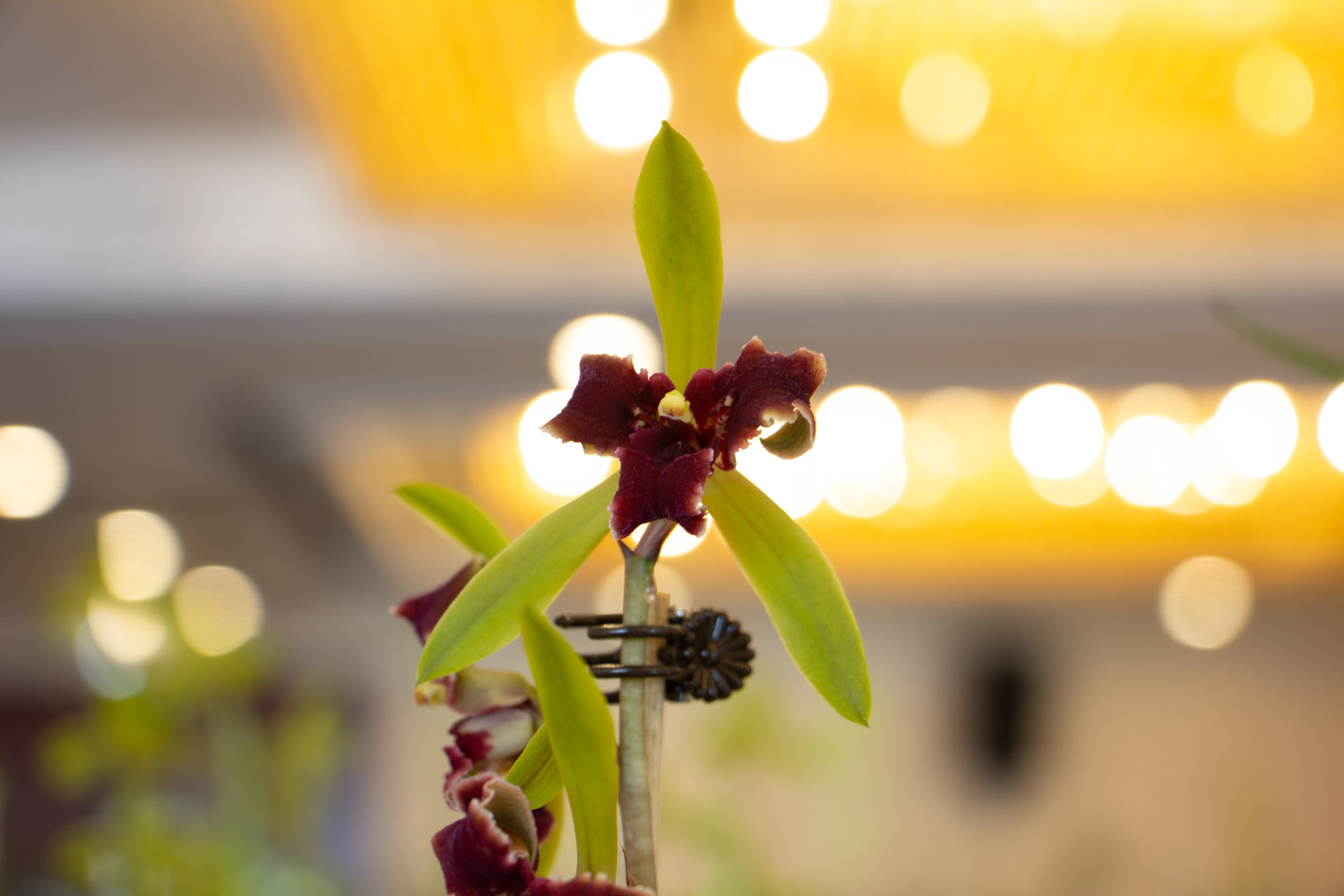
Selection of planting materials
The plant material selected for wet orchid cultivation is mainly coarse plant material, and its preparation should strive to "loosen and ventilate, drain and moisturize". The general proportions are: rotten leaves 50%, granule bark 15%, granular burnt soil 15%, foamed plastic particles 10%, granular red soil 7%, snake wood 3%. p>
Water management
The "wet" of wet orchid cultivation refers to heavy water management: first, appropriately increase the air humidity, second, increase the water supply, and third, increase the water supply frequency. Heavy water management is advocated in water management, and the air humidity should be about 70%; Water thoroughly when watering. In general, the plant materials in the orchid basin are moist at any time; The frequency of watering should be increased
With wet management, the requirements for water quality are higher than those of dry method, and fresh rainwater is better water for orchid irrigation. It is not suitable to use tap water directly for a long time; When using well water, add a small amount of oxalic acid to precipitate calcium ions
Fertilizer management
Timely fertilization is extremely important. Generally, it should be light, thin and diligent. It can be applied with self-made organic fertilizer or commercial orchid fertilizer directly, such as magic fertilizer, high extraction, orchid king, etc
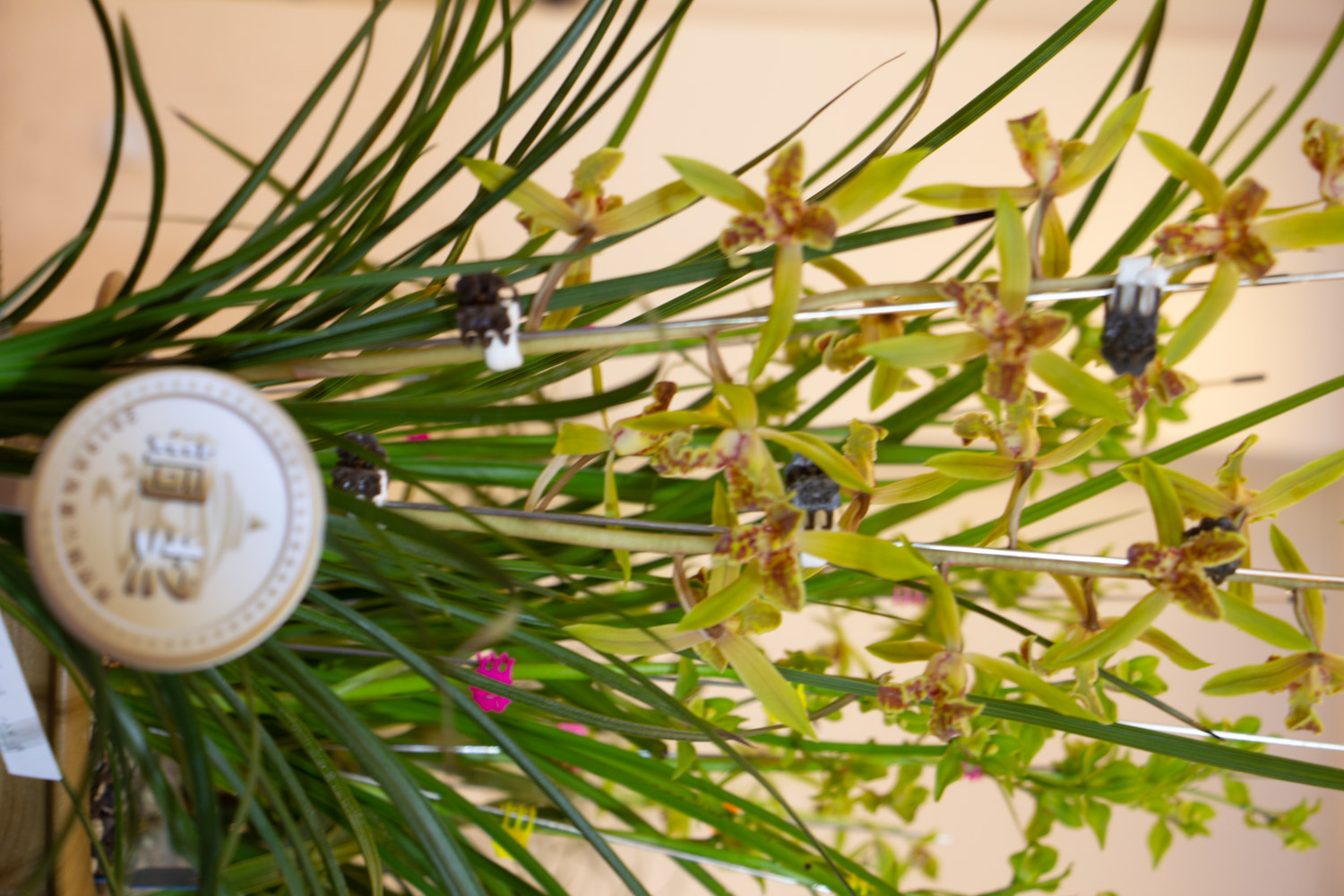
Daylighting and ventilation
Appropriately increase the amount of daylighting to meet the temperature requirements of orchids. Appropriate light can enhance the stress resistance of plants, kill harmful bacteria, and promote the normal germination of orchids, leaf buds, flower buds and normal flowering
Ventilation is also an important condition for orchid growth. The flow of air can not only inhibit the growth of harmful bacteria, but also facilitate the flow of air in the plant material in the basin, and can take away the moisture in the orchid heart and the surrounding waste gas and miscellaneous gas that are not conducive to the growth of orchids
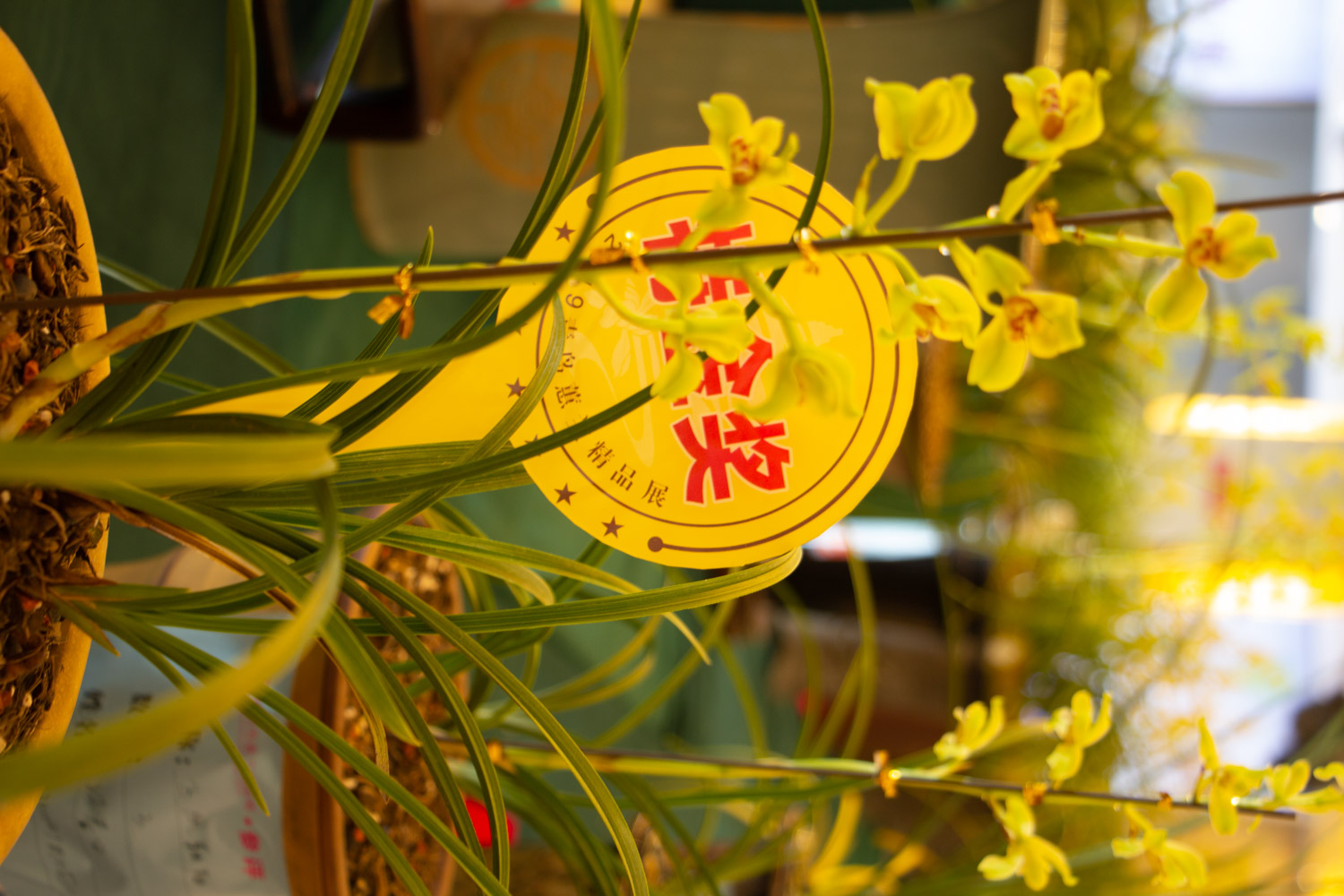
Pest control
First, prevention should be carried out. Pay attention to the cleanliness of the environment and disinfect it by exposure to the sun
The second is the treatment. For the blue plants with leaf diseases such as anthrax, powdery mildew and black spot, they can be sprayed directly with tolbuzine methyl, carbendazim and Shigao, and pay attention to cutting off the diseased parts and dead branches and leaves in time; Orchid strains infected with viral diseases should be resolutely burned
In addition, it is also necessary to kill insects in time. It can be sprayed with enemy kill and dimethoate. Do not use mirex. At the same time, pay attention to ant prevention< span>

 how many times do yo...
how many times do yo... how many planted tre...
how many planted tre... how many pine trees ...
how many pine trees ... how many pecan trees...
how many pecan trees... how many plants comp...
how many plants comp... how many plants can ...
how many plants can ... how many plants and ...
how many plants and ... how many pepper plan...
how many pepper plan...